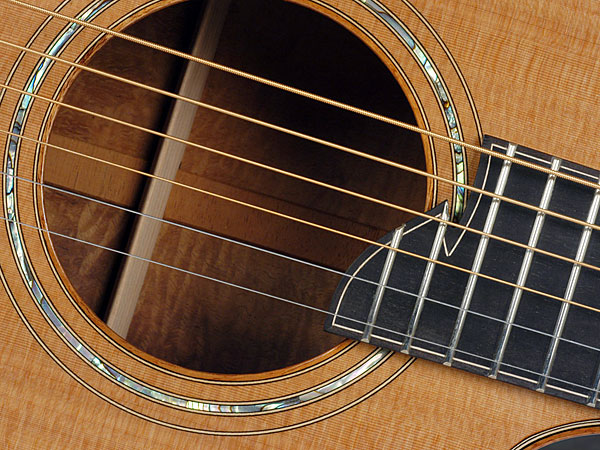In audiophile medival times you could influence the sound with components and cables. More bright, more warm, less whatever.
Today with digital music, you have data which comes from a source. It does not matter if it comes from Tidal, Qobuz, your harddisk. It does not matter it the data comes from your basement, a server somewhere in the cloud or a system in your listening room. You send this data to your DAC. If you stream music, you have a device which translates the digital data from IP packets to SPDIF, AES or uses USB to transport them. But on the whole chain, it remains digital and it is not modified.
Now on the DAC it becomes analog and the rules for analog sound apply. But until the DAC it is digital.
On the DAC you apply filters. These filters make a difference how you here the sounds. Depending on the design of the DAC you have digital filters and/or you have analog filters. But anyway, your digital signal arrives unmodified at your DAC. Even if Darko, Hans B, Stereophile, Absolute Sound and all the other magazines all over the world tell you, what could be wrong, they are just sales people. The data is not modified unless you apply a parametric EQ, apply a filter or you upsample.
Maybe you loose now and then a bit, but that is maybe 1 bit in 12 billions. That means you loose one bit in one day. Nothing you hear.
If you change a component, streamer, cable, switch, before your DAC and your hear a difference you can say, that your DAC, preamp, poweramp, active speakers, do have an electrical problem in the way the handle grounding, leakage current, potential differences.
The majority of audio devices is so badly designed, if they had to be used in medical environments, they would never get a certification.
It is perfectly ok, if you listen and prefer one product over another. But digital data do not change on their way. You come now with the argument Jitter. That is another urban legend. Jitter is a problem in a studio, when I have to syncronize 64 different digital channels. Then you need a master clock. But in home audio it does not matter at all. If I use SPDIF I have the source as clock, if I have USB I have the DAC as clock. But it does not matter at all, if a CD plays 20 milliseconds faster or slower. Nobody can hear that.
If you come now with the other argument, not everything you can hear you can measure, that was maybe true 40 years ago. Today it is simply wrong.
I repeat myself. If you like it, buy it. If it make you happy buy it. But using audiophile cables and switches is like using viagra. If everything works fine, you do not need it.
